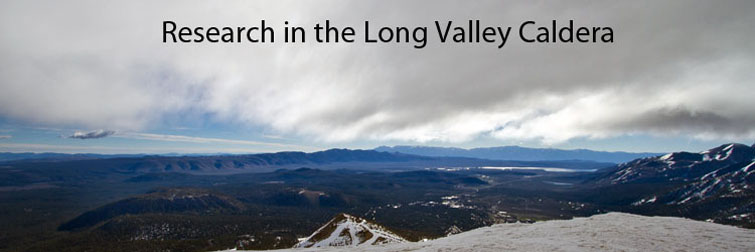
In an effort to assemble as much relevant data as possible to assist with the integration of geothermal heat pump systems, the CGEC has been working on the following two studies. The first is an evaluation of the efficiency of these systems based on the 16 different climate zones in California, while the other assesses the efficiency of GHPs in the 30 most populous metropolitan areas in the United States.
The goal of this study is to determine the cost-effectiveness of geothermal heat pumps when compared to traditional forms of energy (i.e. electricity and natural gas) used in California. Individual tests are currently being conducted for each of the 16 climate zones within California to determine the specific requirements. To help find the specific parameters for each system, weather data from the last few years is being used to synthesize a heating and cooling load profile for each of the climate zones. Along with the weather profiles, the geologic data (i.e. thermal conductivity and thermal diffusivity) for each of the climate zones is being incorporated into the model to refine the testing parameters. Each profile will be run through a geothermal heat pump design program (GLDesign) to determine the depth of the borehole needed to accommodate the heating/cooling load for each climate zone. The product of this study will be an install cost and payback period report as well as (funds permitting) an interactive map for home and business owners to calcuate rough ROIs for geothermal heat pump systems in their respective areas.
This study is being funded by the California Energy Commission through the Public Interest Energy Research (PIER) program. Completion of this study is expected in April of 2012. Reports and findings will be posted as they become available.
Associated Study Maps:
U.S. Metro-Area Geothermal Heat Pump Efficiency Study
The CGEC is currently studying the potential use of geothermal heat pumps, their effectiveness and payback period (ROI) in 30 U.S. metropolitan areas. To identify the total cost of a geothermal heat pump and the system’s associated payback period, ground heat, weather, and house characteristics data have been gathered and are being modeled against an average house’s consumption in each metropolitan area. Energy loads are currently being simulated using a ground heat exchanger modeling software to determine appropriate borehole depths and borehole fields. The product of this study will be an install cost and payback period report as well as (funds permitting) an interactive map for home and business owners to calcuate rough ROIs for their respective areas.
Metropolitan Areas:
- New York-Northern New Jersey-Long Island, NY-NJ-PA
- Los Angeles-Long Beach-Santa Ana, CA
- Chicago-Naperville-Joliet, IL-IN-WI
- Dallas-Fort Worth-Arlington, TX
- Philadelphia-Camden-Wilmington, PA-NJ-DE-MD
- Houston-Sugar Land-Baytown, TX
- Miami-Fort Lauderdale-Pompano Beach, FL
- Atlanta-Sandy Springs-Marietta, GA
- Washington-Arlington-Alexandria, DC-VA-MD-WV
- Boston-Cambridge-Quincy, MA-NH
- Detroit-Warren-Livonia, MI
- Phoenix-Mesa-Scottsdale, AZ
- San Francisco-Oakland-Fremont, CA
- Riverside-San Bernardino-Ontario, CA
- Seattle-Tacoma-Bellevue, WA
- Minneapolis-St. Paul-Bloomington, MN-WI
- San Diego-Carlsbad-San Marcos, CA
- St. Louis, MO-IL
- Tampa-St. Petersburg-Clearwater, FL
- Baltimore-Towson, MD
- Denver-Aurora, CO
- Pittsburgh, PA
- Portland-Vancouver-Beaverton, OR-WA
- Cincinnati-Middletown, OH-KY-IN
- Sacramento–Arden-Arcade–Roseville, CA
- Cleveland-Elyria-Mentor, OH
- Orlando-Kissimmee, FL
- San Antonio, TX
- Kansas City, MO-KS
- Las Vegas-Paradise, NV
Data Portal
Supporting Data for National Geothermal Heat Pump Assessment:
Thermal Conductivity Data Set (Excel)
USGS Groundwater Well Data (Excel)
Argonne Geochemical Database (Excel)
SMU Subsurface Temperature Data (Excel)



